Recently the RSPCA Approved team was pleased to work with the crew behind the ‘Humans of Agriculture’ platform, which is gaining prominence for showcasing the stories of those involved in Australian agriculture and seeking to better connect mainstream society to modern farming across the country.
The RSPCA Approved team met with the crew to discuss all things meat chicken production within the RSPCA Approved Farming Scheme, covering the different types of farming systems, what meat chickens need for better welfare, and what it takes to provide higher-welfare, sustainable chicken for Australian consumers. The result – this educational video and podcast which we hope will help a whole new audience learn about meat chicken welfare and the people and operations behind RSPCA Approved.
BETTER WELFARE IN BARN-RAISED AND FREE-RANGE SYSTEMS
The RSPCA Approved Farming Scheme was developed by the RSPCA as one of our mechanisms to drive tangible change for farm animals on the ground today. The work done by the Australian meat chicken industry to meet the RSPCA’s Standard and improve meat chicken welfare well beyond what’s legally required is worthy of recognition. This is especially significant due to the sheer number of meat chickens farmed in Australia each year, which is over 690 million in total.
As stated in the film, “Consumers care about animal welfare but also want animal-based products that are affordable”. So how can this balance be achieved to allow producers to prioritise the welfare of their meat chickens and rear them to higher-welfare standards, while still running a sustainable business?
Better welfare and a better life for meat chickens can be achieved in both a well-managed barn system and a well-managed free-range system, but it’s important there are standards in place to ensure their physical and psychological needs are met.
Farms with RSPCA Approved certification are required to provide meat chickens with an enriched environment that offers room to move and perform natural behaviours as well places to perch (which encourages movement and helps strengthen their bones), good quality litter (for dustbathing and foraging), and interesting objects to peck at. When meat chickens do have access to the outdoors in free-range farming systems, they still spend a good deal of time inside the shed, so the quality of the indoor environment is a key component to ensuring better welfare, and it’s important to get it right.
Meat chicken producers with RSPCA Approved certification who also are assessed against the RSPCA’s outdoor requirements within our standard, have additional specifications to make sure the outdoor area is inviting, with palatable vegetation and adequate shade specified to the number of birds – provisions that are not currently required by law in Australia. Having an inviting and protected outdoor area encourages meat chickens to use the space and provides additional enrichment.
Whether barn raised or free range, it’s important both systems have standards that prioritise better animal welfare. As summarised in the film, “it’s important that animals are raised under the right conditions and the right environment… it’s a core principle for our customers but it’s also a core principle for every one of our staff. ”
SLOWER-GROWING RSPCA APPROVED CHICKEN
Excitingly, the video also features a free-range farm with meat chickens that are slightly different to your usual Australian chook. These birds are a different breed to traditional commercial breeds and grow at a slower rate.
Until recently, slower-growing breeds were not commercially available in Australia (partly due to the complexity and cost associated with importing new genetics into Australia due to our biosecurity regulations). Bringing new breeds such as this one into the country takes considerable time but is an exciting move for the future of meat chicken welfare in Australia.
THE RSPCA APPROVED POINT OF DIFFERENCE
Producers with RSPCA Approved certification for all or part of their business adhere to stringent welfare requirements that go well beyond what’s required by Australian law. In fact, within the RSPCA’s Standard for meat chickens, there are over 400 requirements covering the birds’ entire lifecycle. This is a key point of difference as consumers are discovering more and more with rising trends that labels don’t always mean what they say.
Farms and abattoirs within the scope of a producer’s RSPCA Approved certification are regularly assessed by specially trained RSPCA Assessors, to ensure standards are continuing to be maintained.
Routine farm assessments are not required by Australian law, meaning standards of welfare can vary widely even among similar farming systems. This is why having a dedicated third-party animal welfare certification scheme is so important, as Manager – RSPCA Approved Talulah observes, “I think all of us want to know that when we buy an animal-based product, that it has had a better quality of life,” and as noted in the video, “with RSPCA being a well-known and trusted name synonymous with higher-welfare standards,” consumers can look for the certification logo with confidence that this is the case.
With many consumers seeking higher-welfare options, the RSPCA Approved team believes it is important to highlight the work of dedicated producers who have achieved RSPCA Approved certification. To discover more, take a look at the short film and podcast where we speak in depth with the Humans of Agriculture team and answer more common questions on meat chicken welfare and production in Australia.

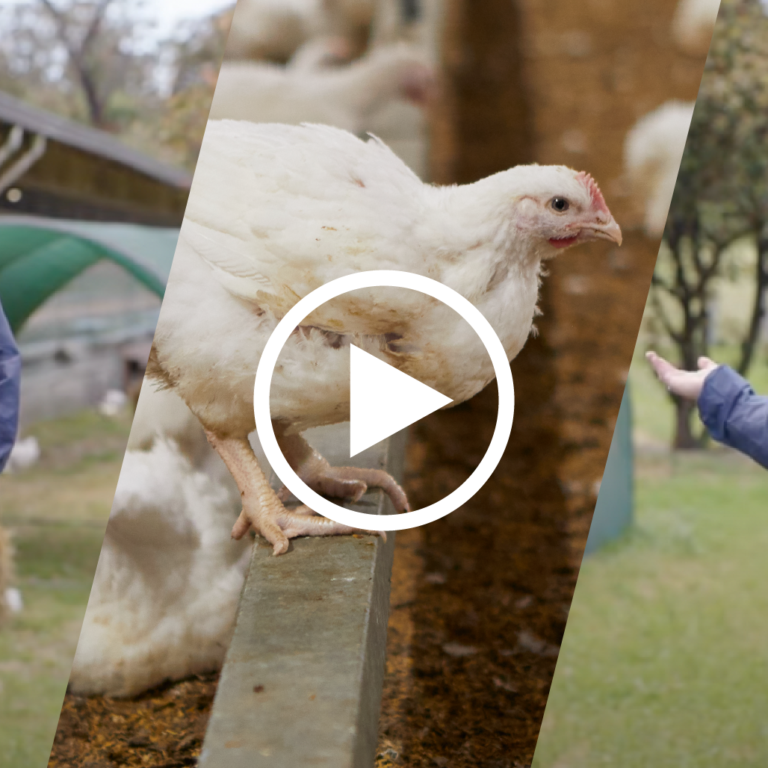
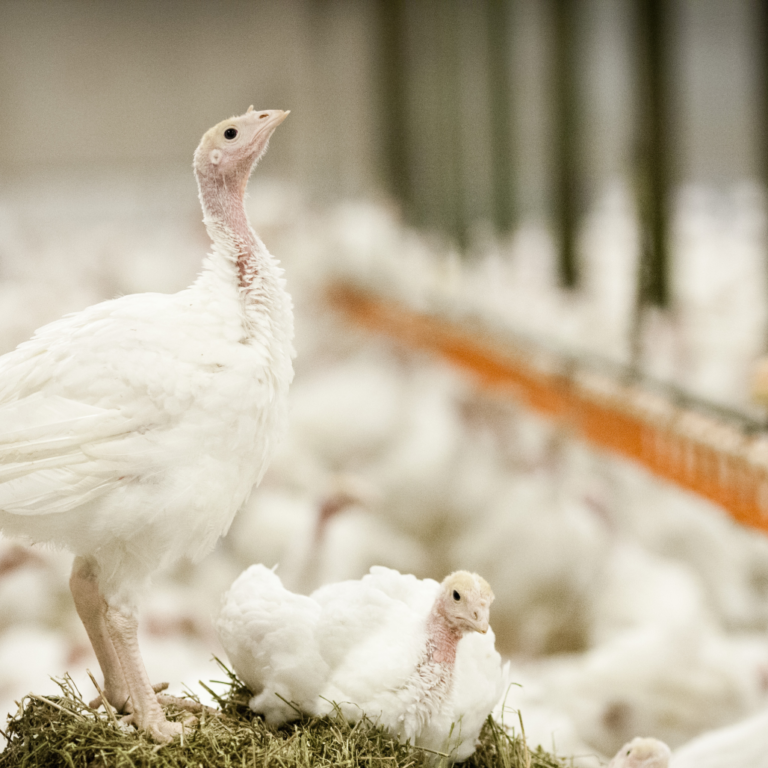
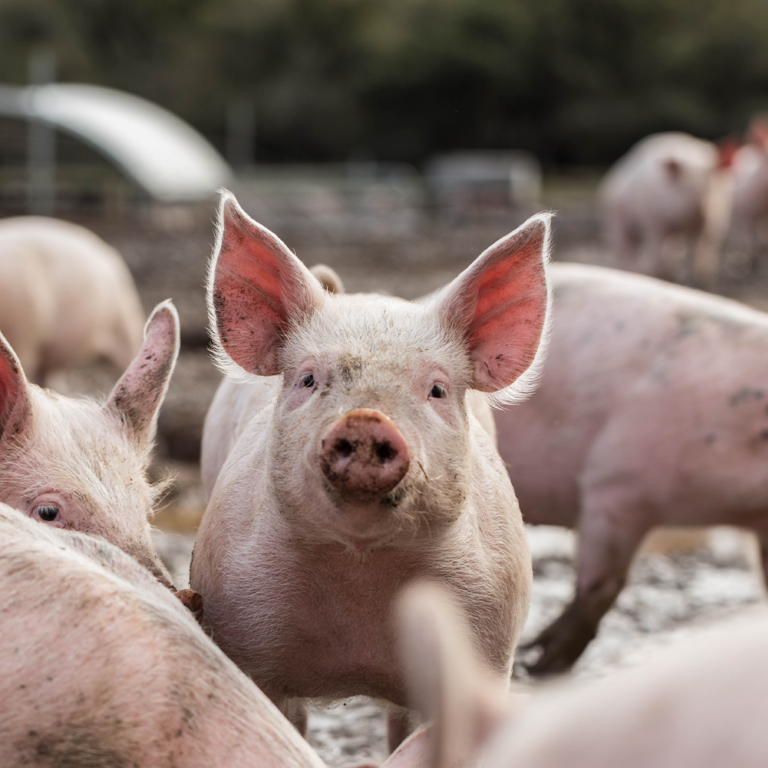
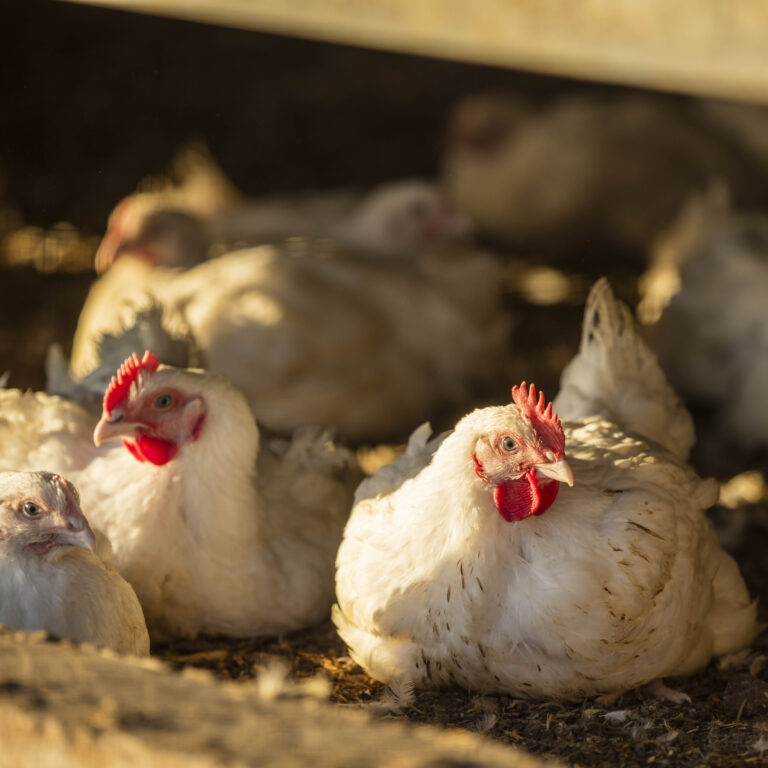
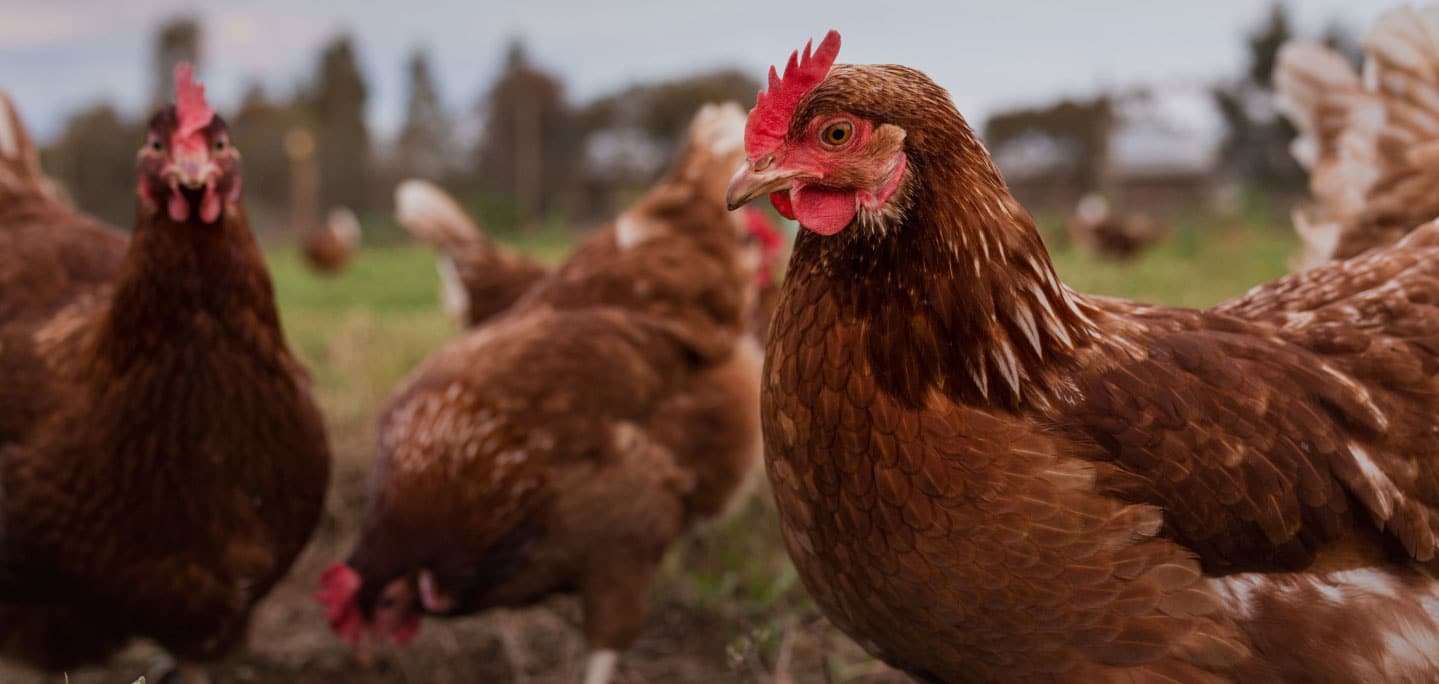

4 Comments
4 responses to “New short film delves into RSPCA Approved chicken farming”
I have never once been able to get any of your short videos working – like the one above. All I ever get is the ball bouncing up and down.
Hi Colleen
Sorry to hear that! Some browsers work better than others, you could try Chrome? Otherwise here is the direct link to the video on YouTube if you’d like to try that: https://youtu.be/DuJxrkLmdc8
I appreciate what RSPCA is doing. However I think the stocking density is still way too dense and I did not see any structures for the birds to perch on – an essential part of their requirement to be healthy, happy and strong. How would those enormous baby birds manage to get up to a perch if one was available anyway?
My preference remains for genuine free range birds, ideally not killed in the usual hideous way that Abattoirs use. I am sure if people saw footage of the methods which are used in Abattoirs, they would be put off eating chicken meat! Perhaps RSPCA could create a certification for humane slaughter too?
Hi Linda,
Thank you very much for caring about meat chicken welfare.
Stocking density is certainly one aspect of good welfare, but not the only one, and optimal stocking density is influenced by factors such as bird age and size, ventilation, litter quality and management.
The RSPCA Approved Farming Scheme requires a maximum stocking density inside the shed of 28-34kg/m2 depending on the shed ventilation type. This goes beyond legal requirements – which allow a maximum of 40kg/m2. Producers are also required to provide perches for their meat chickens to exercise and strengthen their leg bones so that they don’t experience the health issues and discomfort you mention. Sheds can have lots of different types of perching structures some are just one perch that runs along the shed, and others may have more levels – the important thing being that birds have easy access to use the perches. In this video the perches run the length of the shed on both sides about a third of the way in.
It is worth noting that the sheds depicted here include birds that are fully grown and quite late in their lifecycle, ready to go for processing – resulting in this being the maximum stocking density the birds will experience during their lives, so while we understand the sheds do look quite full, this due to the birds being fully grown and reaching their slaughter weight. When planning this video we felt it was important for transparency to show birds at the maximum stocking density, even though throughout their lives they would have had a lot more space as smaller animals.
To address your additional concerns, in an ideal scenario yes some outdoor access would provide a more stimulating environment. However it is important to note that even free-range meat chickens won’t go outside all the time – and only have a few days of their life to potentially have outdoor access. This is why the indoor environment is so important to get right, and not solely focus on whether birds have outdoor access. The RSPCA standard for meat chickens allows for enriched indoor and outdoor systems that meet the birds’ needs.
And yes, we definitely agree that farm animals should have a humane death when the time comes, which is why the RSPCA Approved Standard for meat chickens has 109 requirements for slaughter. These requirements are focused on calm and careful handling, stunning and killing method – as well as having appropriately trained people and welfare assessment protocols. CCTV must be included in any areas where live birds are handled or processed at abattoirs and has to be routinely monitored by authorised staff.
I hope this information has been helpful Linda.